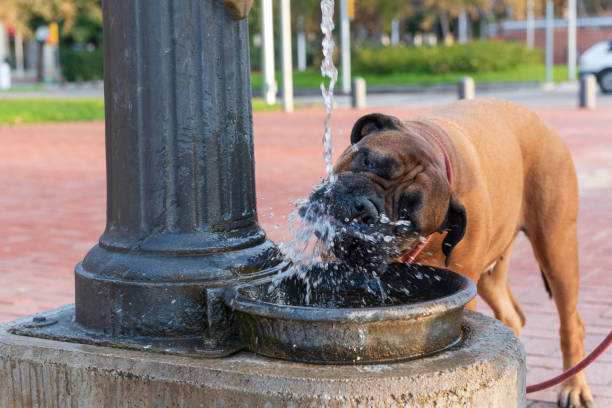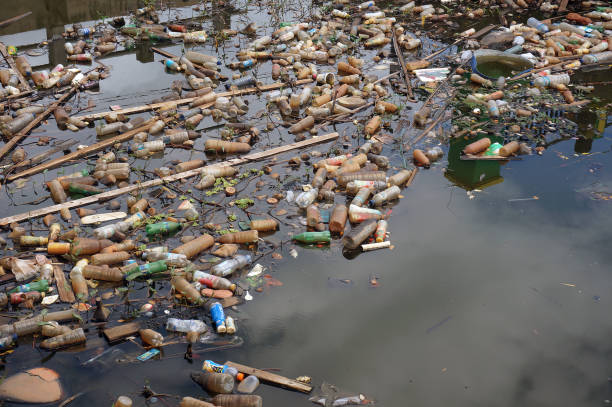Introduction
Climate change is a serious threat to our planet, and it’s affecting our pets too.
Extreme weather events
Extreme weather events can be dangerous for pets. These are just some examples of extreme weather events:
- Heat waves – The effects of a heat wave include dehydration, overheating, and hyperthermia (an increase in body temperature). If you have a pet that does not drink enough water during these periods of high temperatures, it could die from heat exhaustion or stroke-related issues.
- Blizzards and hurricanes – Blizzards can cause severe damage to homes if they’re left unsecured against wind gusts; hurricanes can wreak havoc on cities by causing flooding and storm surges that damage buildings along coastal areas.

Heat waves
Heat waves can be dangerous for pets. They may experience heat stroke, which is a life-threatening condition involving high body temperature and rapid heartbeat that leads to brain damage or death if untreated.
There are two main symptoms of heat stroke in cats and dogs:
- Panting (a rapid, shallow breath)
- Licking lips or tongue
If you suspect your pet has been exposed to extreme temperatures for too long, call the veterinarian immediately! The vet will evaluate your pet’s health status before determining what steps need to be taken next. The best thing you can do is try not let your furry friend get too hot by providing shade from direct sunlight as well as providing cool water bowls throughout the day—even if it seems like there isn’t much difference between where they sleep and where they drink water at this point
Snowstorms
Snowstorms can be deadly for pets. When it snows, you should keep your pet indoors and avoid going outside unless absolutely necessary. If you do need to go outside, bring them with you. If you lose your pet in a snowstorm, call local shelters or rescue groups as soon as possible so they can assist in search efforts and provide information about where else people might be looking for the lost animal (such as parks).
Hurricanes and tropical storms
Hurricanes and tropical storms can cause flooding, which can drown pets. If your home is flooded and you don’t have access to food or water for your pet, it’s important to rescue them as soon as possible. Hurricanes and tropical storms can also cause power outages that could kill animals if they have no access to food or water during this time. And while hurricanes aren’t likely to hit your area, they aren’t impossible either—so it’s important not only for humans but also animals who depend on electricity for their lives!
Drought conditions and dryness
As the climate changes, so do the conditions of your pets. Drought conditions and dryness can cause dehydration in pets. Dehydration is a condition that results in an inadequate supply of water to the body’s cells, resulting in decreased cellular function and organ dysfunction. If you notice any signs of dehydration in your pet, talk to their veterinarian immediately!
Dehydration can be caused by many factors:
- Lack of access to fresh water (for example, if you live in a desert area where there isn’t much rain)
- An illness that causes vomiting or diarrhea (this will dehydrate your dog further)
Pets are affected by extreme weather events, too.
As you may know, pets are affected by extreme weather events. Dogs, cats and other animals can be injured or killed by these events. If your pet is affected by a storm or fire and needs to be taken in for shelter, it’s important that you take precautions to protect them from the elements while they’re away from home.

The impact of climate change and extreme weather on pet health
The impact of climate change and extreme weather on pet health is a very real concern for owners. Pets are susceptible to both the direct effects of climate change and indirect effects due to their dependency on humans for food and shelter. Pets also suffer from heat waves, snowstorms, hurricanes and tropical storms that can occur during these extreme weather events.
Drought conditions can also be devastating to animals living in arid areas where there is little rainfall or irrigation water available for them to drink or water their lawns with. In addition, dryness causes pets’ skin surfaces (eyes/ears) to become more sensitive than normal which requires you as an owner/handler to keep them hydrated at all times by providing plenty fresh filtered water throughout the day while they’re outdoors playing with other friends too!
Can pets adapt to a changing climate?
- Some animals are more adaptable than others. For example, some species of birds and mammals can adapt to changes in temperature by moving further north or farther south during the winter months.
- If you can’t move, you’re out of luck. Animals that live on land need access to food, water and shelter—and these things will become harder to find as temperatures rise due to climate change. In fact, many animal species may not be able to survive at all if they’re unable to spread out and find new habitats where it’s cooler outside!
- Even if your pet does manage a successful migration out onto land (or into an air-conditioned home), there’s still no easy way for them avoid extreme weather events altogether; there will always be some kind of natural disaster happening somewhere else around the globe at any given time.”
How do I manage my pet’s health in this situation?
You can help your pet by keeping them inside, checking on the health of your pet regularly, making sure they have access to clean water and food and keeping vaccinations up-to-date. If you notice any signs of illness in your pet (such as lethargy or loss of appetite), take them to the vet immediately.
If we don’t act now, our pets may be among the first casualties of climate change.
- The impact of climate change on pets
- The link between climate change, drought and animal health
- How to manage your pet’s health in this situation
Pets are affected by extreme weather events too. In fact, the Rabies Action Plan recommends that all dogs should be vaccinated against rabies every year before they enter the field season because of their increased exposure to disease in such situations. For example, if a dog comes home after spending time outdoors during a heatwave or cold snap with no protection against canine distemper virus (CDV), it could easily become infected with CDV—and pass that infection along to other dogs who might come into contact with them later on.

Conclusion
The link between climate change and animal health is a subject of great debate. Some scientists argue that the changes in our environment are already affecting us, while others have concluded that there is no direct link between climate change and animal deaths. Whether we choose to believe one or both sides of this argument, it’s clear that we need to take action on this issue now if we want our pets to survive into the future.





